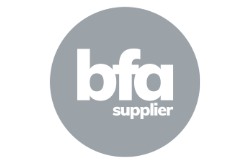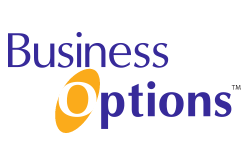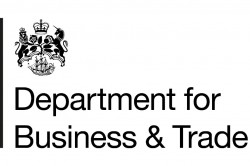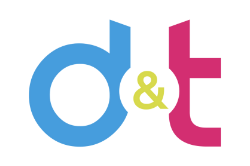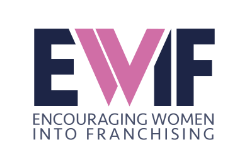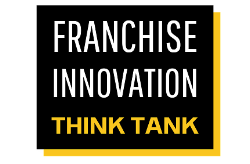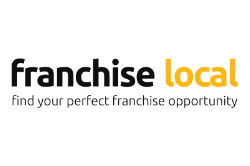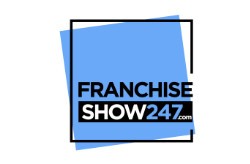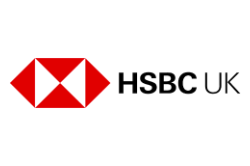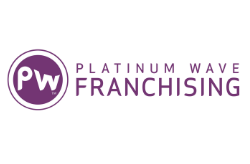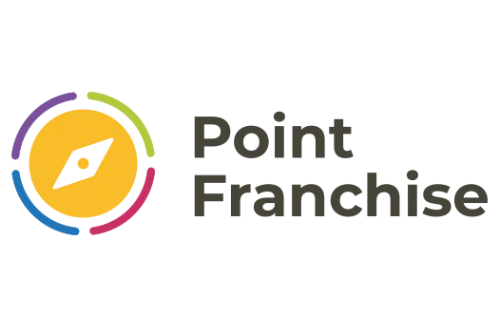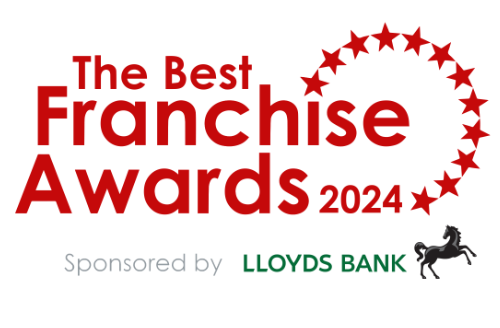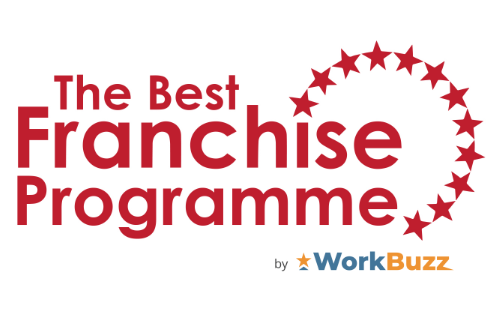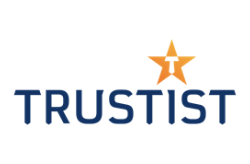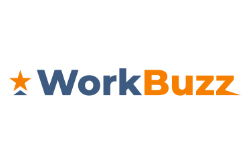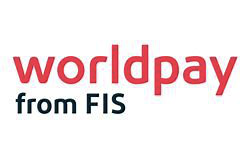Britain’s franchise industry is in great shape; a recent report by the bfa found that franchising contributed £15.1bn to the UK economy in 2015 and 97% of franchisees reported making a profit. But of course profit isn’t the only important financial metric. Even profitable franchises could go bust if they run out of cash because it’s not the profit that pays the bills – it’s the actual money that you have in your bank account when a payment is due to be made.
In my experience, not having enough working capital – especially for new franchises – is one of the most common mistakes. This can be avoided by creating a thorough cashflow forecast that helps you to, in a sense, peer into the future and make preparations. Love them or hate them, cashflow forecasts are a necessary part of the business toolkit and can stop entrepreneurs from getting themselves into trouble down the line.
If you carefully forecast what you expect to receive and when you expect to receive it, as well as what payments you need to make and when you expect to make them, you can make it less likely that you’ll run out of available funds. If things look too tight then you can delay non-urgent payments, chase payments earlier or even try and arrange an overdraft facility or a short-term loan to give you the extra protection you might need, if need be. But you won’t be able to take any of these actions unless you’ve first prepared a realistic cashflow forecast and then monitored your actual receipts and payments against your projections.
The A-Z of a cashflow forecast
First, you need to decide whether your forecast will show monthly or weekly income and expenditure. The general rule here is that the more serious any cashflow problems are likely to be, the shorter the period you would choose. A business that’s teetering on the edge of insolvency might even have a daily forecast but most businesses work on a monthly cashflow basis. There will be a column for each month going across the top of the spreadsheet page and a column at the end for the totals for the overall period. While this period can be for as long or as short as you like, it is normally for six or 12 months.
There are then three key parts running down the page. The first has a line for each source of income, for example capital or directors loans, bank loans, sales and other income, with another line for the total of the income across each month. The second part follows the same pattern but covers the payments you expect to make. For example, this could be your purchases, wages, rent and rates and all your other overheads, plus a total at the end of each column for each period. The third and final part is the calculation, which shows how much money will be left in the bank account at the end of the month or whether there is a shortfall.
The calculation is logical: you take the period opening balance, add the total income and subtract the total expenditure. The resulting figure will be the closing balance for that month and will automatically become the opening balance for the next. This format is then extended right across the page so there is a closing balance in every column for every period.
If you do end up showing a negative figure in one or more of the columns then you either need to make some realistic changes to your original proposals or, if you cannot do that, inject more funds into your business. Alternatively, get your bank to give you an overdraft facility with sufficient leeway.
Beware the pitfalls
There are unfortunately some common mistakes people make when creating cashflow forecasts. Firstly, the opening balance must be realistic or each period’s closing balance will be out by the same amount. The opening balance will be zero in the case of a startup but not for an existing business. You need to ensure you’re putting forth a realistic figure starting from day one.
You also need to make sure the forecast is mathematically correct – don’t assume that just because it’s been compiled on a computer that the sums will be right. To do a quick check, take the opening balance, add the entire projected income and subtract the whole of the projected expenditure. This should be equal to the closing balance in your final period.
And when it comes to sales figures, remember that they should include VAT if the business is VAT registered. Similarly, purchases and expenses should also include VAT where it’s payable. You then need to calculate and include your projected quarterly VAT payments – or refunds – to coincide with your future VAT returns. You may find it useful to get your accountant or business consultant to help you with this calculation if you are finding it too tricky.
Preparing for the unexpected
How do you know if you’ve included everything and that you have them in the right week or month? The answer is you won’t know for sure. Additionally outside factors beyond your control, like the weather or even political upheavals like Brexit, can always affect your business.
You need to build a satisfactory safety net and, if necessary, don’t be afraid to ask for a little extra help from the bank or create an updated version to reflect changes in circumstances. Owners of seasonal franchises must not forget to apportion income and related expenses according to expected peaks and troughs in demand. And if you’re just starting up, bear in mind that customers may take a while to get to know you so don’t overestimate your initial takings.
You also need to be mindful of the fact that the closing balances in each period are just that, closing balances. For example, during the month of March it may unexpectedly snow for the first two weeks and sales may take a dive.
However, the majority of your outgoing payments may need to be made in the first two weeks of the month. In this case, your bank balance in the middle of the month could be significantly lower than you expected or even turn negative. Unexpected events like this make it important to factor in a little wiggle room in your forecast. In my opinion, you should always try and have at least a month’s worth of available working capital as a buffer.
When it comes to business, cash is indeed king and franchises sadly do go bust if they run out of money. But if you plan carefully and think ahead, you’ll give yourself the best possible chance of success.don’t want their funds to be wiped out meeting repayments; leaning too heavily on equity can leave an entrepreneur with scarcely any stake in their own company. “You’ve broadly got to feel comfortable that you’re going to have enough revenue to service the debt going forward,” he says. “But don’t take more equity than you need because once you’ve given it away, it’s gone.”

Chris Roberts
Chris Roberts is the co-founder of Franchise Finance, the franchise consultancy with a specialism in all things finance. A regular on the training and speaker circuit, Chris draws on career in banking and his knowledge of franchising to helps clients with everything from how to prepare a business plan to the ins and outs of finding investment.

Chris Roberts
Chris Roberts is the co-founder of Franchise Finance, the franchise consultancy with a specialism in all things finance. A regular on the training and speaker circuit, Chris draws on career in banking and his knowledge of franchising to helps clients with everything from how to prepare a business plan to the ins and outs of finding investment.






